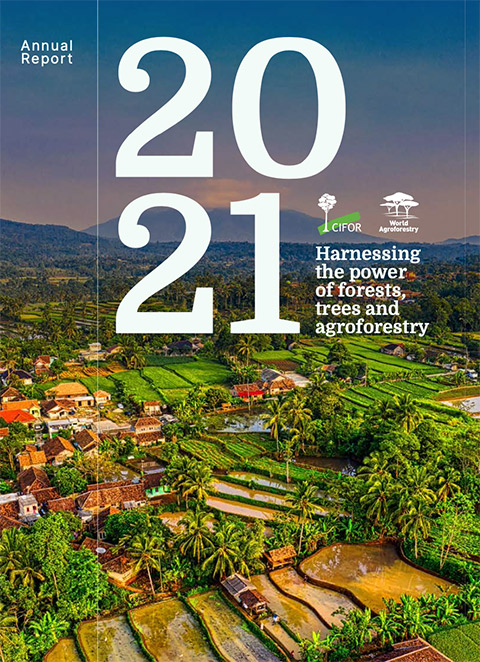On a farm, as in a forest, biodiversity means resilience.
This is particularly true for farmers across the tropics who are on the front line of the interconnected climate, food and land degradation crises. And while agroecological approaches such as intercropping, mulching, agroforestry and integrated crop–livestock systems can boost both productivity and resilience, sceptics challenge whether it can be taken to scale.
The Transformative Partnership Platform (TPP) on Agroecology is responding to a clear demand for evidence on how well agroecological approaches perform in terms of food security, income and return on labour. Formed in 2020 in response to the 2019 Committee on World Food Security High Level Panel of Experts report, and launched in 2021, the TPP addresses knowledge and implementation gaps constraining agroecological transitions.
Transitions vary according to context. In India, the focus is on reducing dependence on environmentally disruptive and often toxic agrochemicals that have driven many farmers into debt. The TPP has contributed to research that has shown how agroecological transitions can be made in Andhra Pradesh without reducing crop yield.
In Sub-Saharan Africa, where many farmers use few inputs, the focus is on agroecological intensification – how to increase productivity equitably, without damaging the environment, including the soil and pollinators on which agricultural production depends.
Hosted on GLFx, the TPP’s thriving, inclusive and diverse community of practice continues to grow and evolve.
CIFOR-ICRAF Chief Scientist Fergus Sinclair credits the rise of agroecology on the global agenda in part to the TPP. “Going into the UN Food Systems Summit, agroecology was not even on the agenda. Yet one of the summit’s most significant outcomes was the emergence of a coalition to transform food systems through agroecology,” he said.
Supported by France, SDC (Switzerland), EU-INTPA (European Union), BMZ (Germany), One CGIAR
“This TPP was at the forefront of phenomenal progress in getting agroecological approaches mainstreamed during 2021.”
Fergus Sinclair
Chief Scientist, CIFOR-ICRAF

